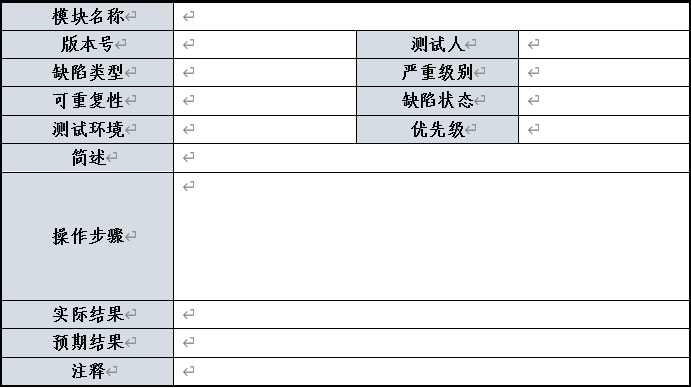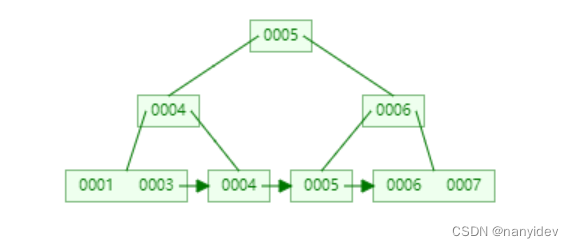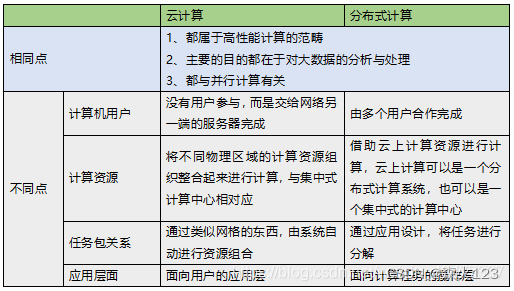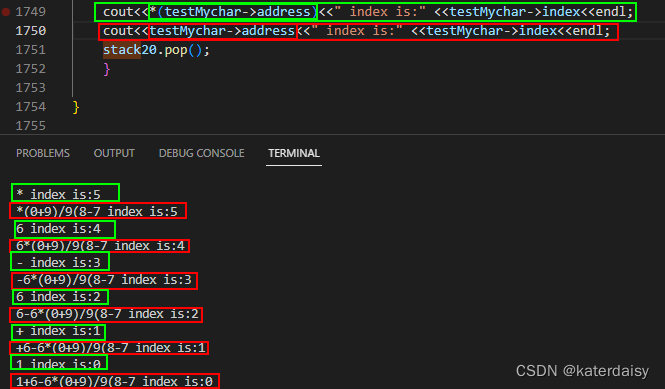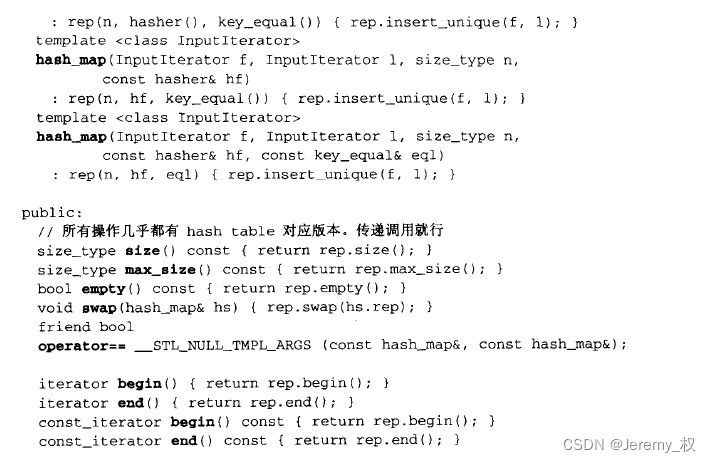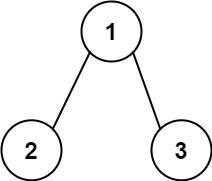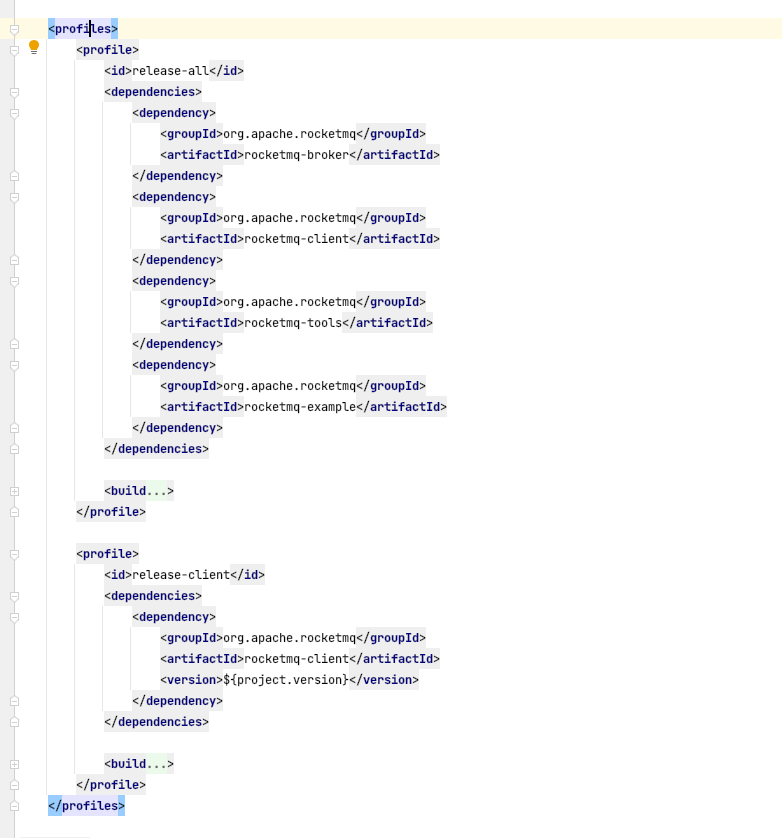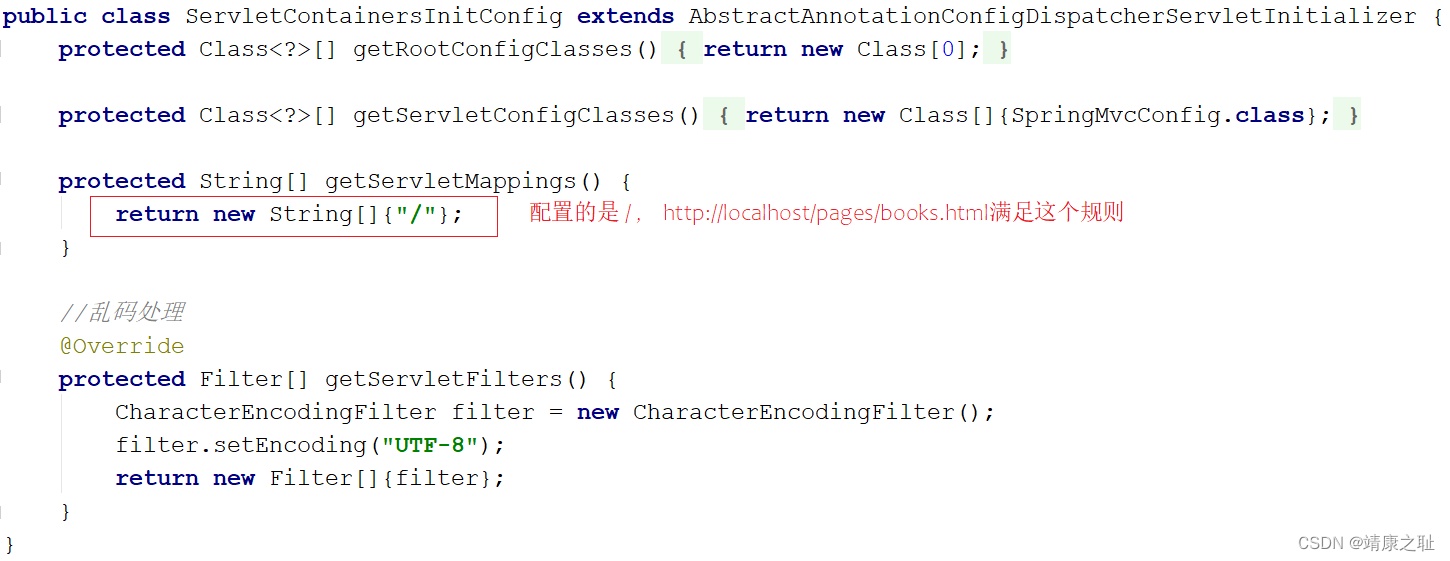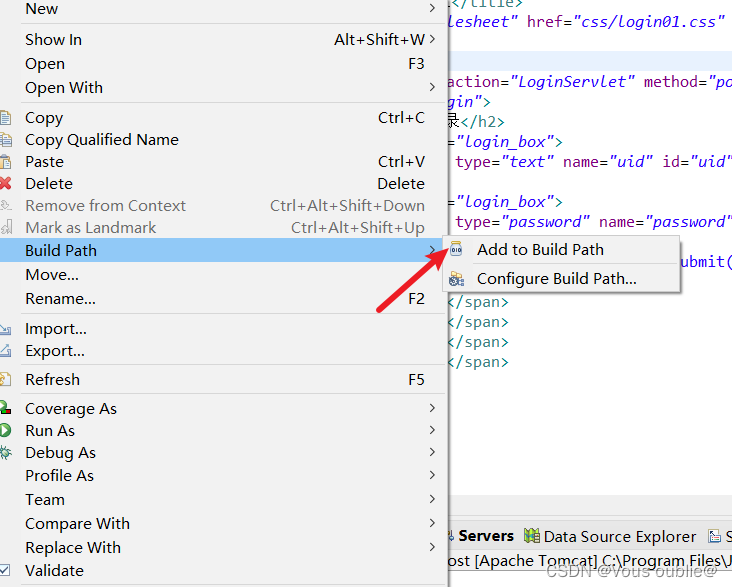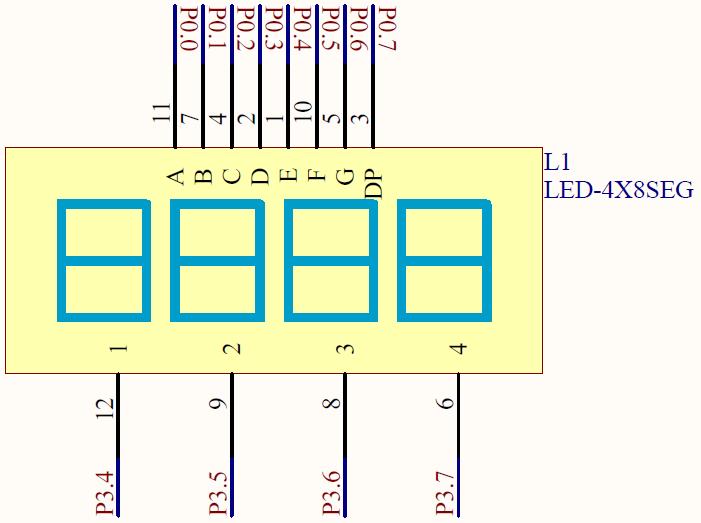题目
654、最大二叉树
给定一个不含重复元素的整数数组。一个以此数组构建的最大二叉树定义如下:
- 二叉树的根是数组中的最大元素。
- 左子树是通过数组中最大值左边部分构造出的最大二叉树。
- 右子树是通过数组中最大值右边部分构造出的最大二叉树。
通过给定的数组构建最大二叉树,并且输出这个树的根节点。
示例 :

提示:
给定的数组的大小在 [1, 1000] 之间。
class Solution {
public TreeNode constructMaximumBinaryTree(int[] nums) {
return constructMaximumBinaryTree1(nums, 0, nums.length);
}
public TreeNode constructMaximumBinaryTree1(int[] nums, int leftIndex, int rightIndex) {
if (rightIndex - leftIndex < 1) {// 没有元素了
return null;
}
if (rightIndex - leftIndex == 1) {// 只有一个元素
return new TreeNode(nums[leftIndex]);
}
int maxIndex = leftIndex;// 最大值所在位置
int maxVal = nums[maxIndex];// 最大值
for (int i = leftIndex + 1; i < rightIndex; i++) {
if (nums[i] > maxVal){
maxVal = nums[i];
maxIndex = i;
}
}
TreeNode root = new TreeNode(maxVal);
// 根据maxIndex划分左右子树
root.left = constructMaximumBinaryTree1(nums, leftIndex, maxIndex);
root.right = constructMaximumBinaryTree1(nums, maxIndex + 1, rightIndex);
return root;
}
}
617、合并二叉树
给定两个二叉树,想象当你将它们中的一个覆盖到另一个上时,两个二叉树的一些节点便会重叠。
你需要将他们合并为一个新的二叉树。合并的规则是如果两个节点重叠,那么将他们的值相加作为节点合并后的新值,否则不为 NULL 的节点将直接作为新二叉树的节点。
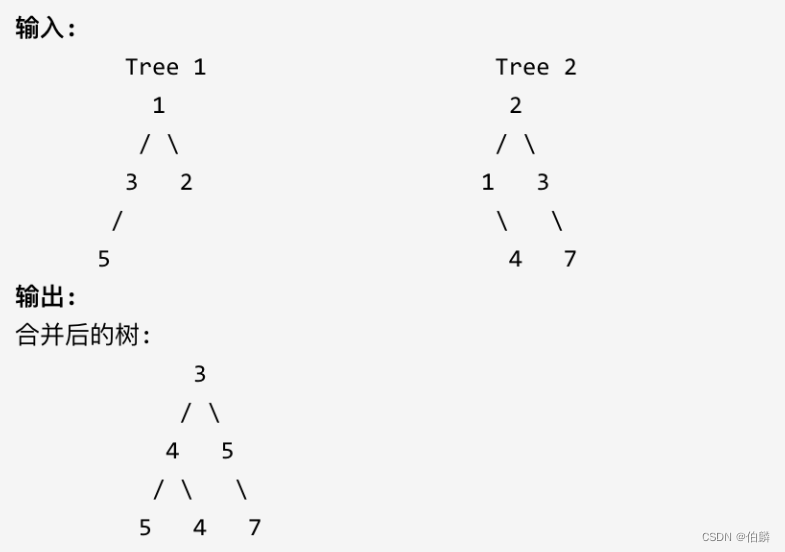
注意: 合并必须从两个树的根节点开始。
class Solution {
// 递归
public TreeNode mergeTrees(TreeNode root1, TreeNode root2) {
if (root1 == null) return root2;
if (root2 == null) return root1;
root1.val += root2.val;
root1.left = mergeTrees(root1.left,root2.left);
root1.right = mergeTrees(root1.right,root2.right);
return root1;
}
}
class Solution {
// 使用栈迭代
public TreeNode mergeTrees(TreeNode root1, TreeNode root2) {
if (root1 == null) {
return root2;
}
if (root2 == null) {
return root1;
}
Stack<TreeNode> stack = new Stack<>();
stack.push(root2);
stack.push(root1);
while (!stack.isEmpty()) {
TreeNode node1 = stack.pop();
TreeNode node2 = stack.pop();
node1.val += node2.val;
if (node2.right != null && node1.right != null) {
stack.push(node2.right);
stack.push(node1.right);
} else {
if (node1.right == null) {
node1.right = node2.right;
}
}
if (node2.left != null && node1.left != null) {
stack.push(node2.left);
stack.push(node1.left);
} else {
if (node1.left == null) {
node1.left = node2.left;
}
}
}
return root1;
}
}
class Solution {
// 使用队列迭代
public TreeNode mergeTrees(TreeNode root1, TreeNode root2) {
if (root1 == null) return root2;
if (root2 ==null) return root1;
Queue<TreeNode> queue = new LinkedList<>();
queue.offer(root1);
queue.offer(root2);
while (!queue.isEmpty()) {
TreeNode node1 = queue.poll();
TreeNode node2 = queue.poll();
// 此时两个节点一定不为空,val相加
node1.val = node1.val + node2.val;
// 如果两棵树左节点都不为空,加入队列
if (node1.left != null && node2.left != null) {
queue.offer(node1.left);
queue.offer(node2.left);
}
// 如果两棵树右节点都不为空,加入队列
if (node1.right != null && node2.right != null) {
queue.offer(node1.right);
queue.offer(node2.right);
}
// 若node1的左节点为空,直接赋值
if (node1.left == null && node2.left != null) {
node1.left = node2.left;
}
// 若node1的右节点为空,直接赋值
if (node1.right == null && node2.right != null) {
node1.right = node2.right;
}
}
return root1;
}
}
700、二叉搜索树中的搜索
给定二叉搜索树(BST)的根节点和一个值。 你需要在BST中找到节点值等于给定值的节点。 返回以该节点为根的子树。 如果节点不存在,则返回 NULL。
例如,
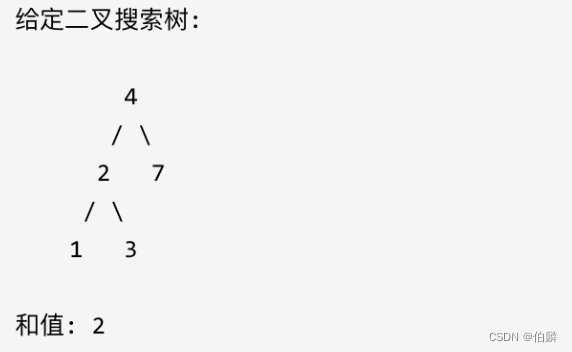
返回如下:

在上述示例中,如果要找的值是 5,但因为没有节点值为 5,我们应该返回 NULL。
class Solution {
// 递归,普通二叉树
public TreeNode searchBST(TreeNode root, int val) {
if (root == null || root.val == val) {
return root;
}
TreeNode left = searchBST(root.left, val);
if (left != null) {
return left;
}
return searchBST(root.right, val);
}
}
class Solution {
// 递归,利用二叉搜索树特点,优化
public TreeNode searchBST(TreeNode root, int val) {
if (root == null || root.val == val) {
return root;
}
if (val < root.val) {
return searchBST(root.left, val);
} else {
return searchBST(root.right, val);
}
}
}
class Solution {
// 迭代,普通二叉树
public TreeNode searchBST(TreeNode root, int val) {
if (root == null || root.val == val) {
return root;
}
Stack<TreeNode> stack = new Stack<>();
stack.push(root);
while (!stack.isEmpty()) {
TreeNode pop = stack.pop();
if (pop.val == val) {
return pop;
}
if (pop.right != null) {
stack.push(pop.right);
}
if (pop.left != null) {
stack.push(pop.left);
}
}
return null;
}
}
class Solution {
// 迭代,利用二叉搜索树特点,优化,可以不需要栈
public TreeNode searchBST(TreeNode root, int val) {
while (root != null)
if (val < root.val) root = root.left;
else if (val > root.val) root = root.right;
else return root;
return null;
}
}
98、验证二叉搜索树
给定一个二叉树,判断其是否是一个有效的二叉搜索树。
假设一个二叉搜索树具有如下特征:
- 节点的左子树只包含小于当前节点的数。
- 节点的右子树只包含大于当前节点的数。
- 所有左子树和右子树自身必须也是二叉搜索树。
示例1:
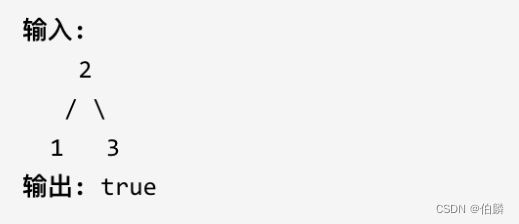
示例2:
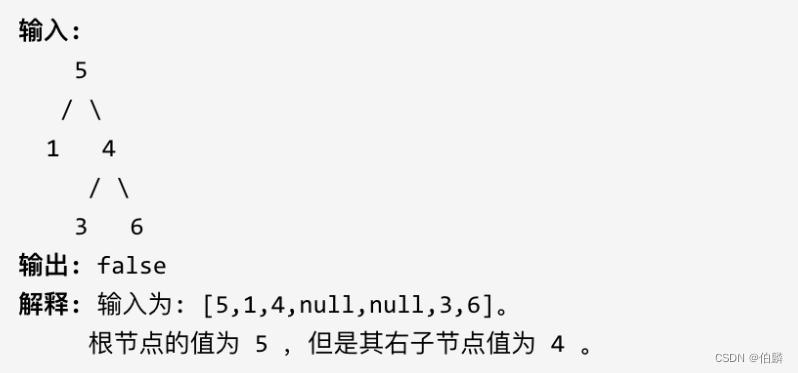
class Solution {
// 递归
TreeNode max;
public boolean isValidBST(TreeNode root) {
if (root == null) {
return true;
}
// 左
boolean left = isValidBST(root.left);
if (!left) {
return false;
}
// 中
if (max != null && root.val <= max.val) {
return false;
}
max = root;
// 右
boolean right = isValidBST(root.right);
return right;
}
}
class Solution {
// 迭代
public boolean isValidBST(TreeNode root) {
if (root == null) {
return true;
}
Stack<TreeNode> stack = new Stack<>();
TreeNode pre = null;
while (root != null || !stack.isEmpty()) {
while (root != null) {
stack.push(root);
root = root.left;// 左
}
// 中,处理
TreeNode pop = stack.pop();
if (pre != null && pop.val <= pre.val) {
return false;
}
pre = pop;
root = pop.right;// 右
}
return true;
}
}
// 简洁实现·递归解法
class Solution {
public boolean isValidBST(TreeNode root) {
return validBST(Long.MIN_VALUE, Long.MAX_VALUE, root);
}
boolean validBST(long lower, long upper, TreeNode root) {
if (root == null) return true;
if (root.val <= lower || root.val >= upper) return false;
return validBST(lower, root.val, root.left) && validBST(root.val, upper, root.right);
}
}
// 简洁实现·中序遍历
class Solution {
private long prev = Long.MIN_VALUE;
public boolean isValidBST(TreeNode root) {
if (root == null) {
return true;
}
if (!isValidBST(root.left)) {
return false;
}
if (root.val <= prev) { // 不满足二叉搜索树条件
return false;
}
prev = root.val;
return isValidBST(root.right);
}
}


